Tests And Diets For Food Allergies
Why is it important to discover any food allergies that you may have? What are the tests and diets for food allergies?
Food allergies and tiredness
It is very important to recognize food allergies if you are suffering from adrenal exhaustion, chronic fatigue or have been seriously tired for a long time. Dealing with an allergy will give you the extra strength and energy for your recovery. Although the symptoms of food allergy can be a little vague, it is worth becoming something of a detective and trying to find out an important cause of your tiredness.
Ironically, the food you like the best, and indeed may even crave for, is just the food that you may have become allergic to. An allergy makes your body produce more of a hormone called histamine. To counter this, your body then produces an anti-inflammatory substance, called cortisol, which is made in the adrenal glands. If you have to do this too often or for too long, the net result is similar to chronic stress; the adrenals become over-taxed, leading to adrenal exhaustion. [Please seeAdrenal fatiguefor more information on this condition.]
How can you diagnose food allergies?
There are a number of diagnostic methods to determine food allergy. Once the allergen has been identified, there are several treatments, including excluding the food or food group entirely from your diet. It is also worth paying attention to the overall quality of your nutrition and taking steps to mitigate ‘leaky gut’ syndrome.
Probably the most useful test for food allergies is the elimination diet [please see below.] Other tests include:
- Laboratory Tests
Laboratory tests can be used to give some indication about which foods are causing the sufferer problems. However, they are not always accurate and can create false positives. That is why laboratory testing works best when used in combination with food elimination diet. - Allergy Injections
These are more often used for airborne allergies than food allergies. Allergy injections may not be the best choice if you are suffering from fatigue as they can put a severe strain on the immune system. - Provocation/Neutralization
Provocation/neutralization is a process where they use a series of extracts to find out which agent and at which dose causes the symptoms. With this test, the physician finds the amount of substance which is required to provoke an allergic reaction; and the amount of the same substance which is required to neutralize it.
The elimination diet
This diet has two parts. Part 1 cleanses your body and removes all allergic foods. Part 2 reintroduces each major food group to see which one is causing the problem.
Part 1
For the first one to two weeks, you will eat a diet, which only contains foods known to cause no allergic reactions. Be very careful to read labels because you must avoid all additives. If you feel better by day 7, you may start Part 2 on Day 8. If you don’t, wait another week before starting the second phase. This is a list of those foods which are allowed and those which are forbidden:
Allowed | Forbidden |
Cereals | Cereals |
Rice puffs | Any cereals or foods containing wheat flour (majority of cakes, cookies, baked goods), |
Fruits | Fruits |
Any fresh fruit (except citrus). | Citrus fruits (orange, lemon, lime, etc) |
Vegetables | Vegetables |
Any fresh vegetables (with exception of corn and peas) | Any frozen or canned vegetables |
Beverages | Beverages |
Water | Milk or other dairy drinks |
Meats | Meats |
Chicken or turkey | Luncheon meats, wieners, bacon, ham |
Snacks | Snacks |
Potato chips (no additives) | Corn chips |
Miscellaneous | Miscellaneous |
Pure honey | Sugar |
Part 2
The second part of the diet should be the reintroduction of each food, every day. Start with a teaspoon of ½ a cup of the food and then double the amount every few hours. Do any symptoms suddenly reappear? If so, cut that food group out of the remainder of Part 2. Day 1 is the first day of Part 2 of the elimination diet (which follows on from Part 1):
Day 1: Add milk
Plenty of milk, cottage cheese, and cream, but no butter or margarine unless sure they aren’t dyed
Day 2: Add wheat
Add pure wheat cereal. Avoid milk if it gave problems (it’s in quite a lot of bread, so read the labels)
Day 3: Add sugar
Eat sugar
Day 4: Add egg
Have egg in various forms, boiled, and scrambled, as eggnog or in custard
Day 5: Add cocoa
Have dark chocolate with water, cocoa, honey and maple syrup. No candy bars
Day 6: Add food coloring
Have Jell-O, jelly or artificially colored fruit beverages. Try to have different colors, as you may only react to one of these.
Day 7: Add corn
Have corn, cornmeal and popcorn
Day 8: Add preservatives
Check the label and eat things such as bologna, luncheon meat, hot dogs
Day 9: Add citrus
Have lots of orange, lemon, grapefruit etc.
Day 10: Add peanut butter
Have peanut butter
Do not attempt the diet if you are taking antibiotics for whatever reason. It’s a good idea to keep a food diary and list what symptoms you have after eating each food. Remember, you may be allergic to more than one substance, so it’s a good idea to finish the entire program.
Sample food diary
| 3 align="center">Time | 3 align="center">Food eaten | |
Tips for the elimination diet
This is a crucial part of treatment and recovery from food allergies. You will need more instructions and supervision on this diet, but here are some tips:
- Do not eat any food (or food group) that you already know which will cause a severe allergy. The purpose is to detect foods that you don’t know that you’re allergic to.
- Stop the diet if you develop an infection as it will be too hard to interpret the results if it’s continued.
- Avoid foods with additives during this time. Most vegetables and meats are allowed, providing they are not processed.
- Ask the whole family to do the diet with you. Not only will it be much easier, it may uncover food allergies in them and thus improve their general health.
- It’s an excellent idea to keep a reflective diary for the duration of this diet. You will gather a lot of insight into the way food influences mood and the best ways to progress forward. Make a different page for each day.
To sum up
Understanding and overcoming food allergies is potentially a large part of recovering from fatigue. As well as excluding food, you must make sure that you have enough high quality nutrition.



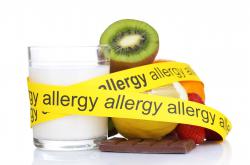


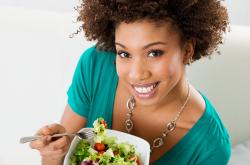

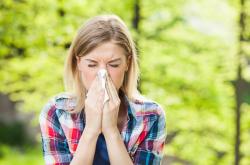
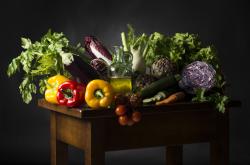







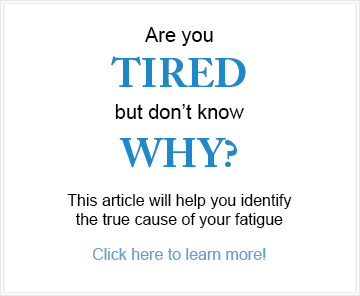
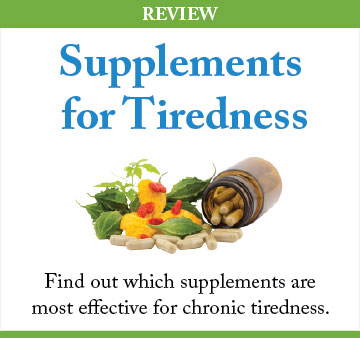
Leave a comment